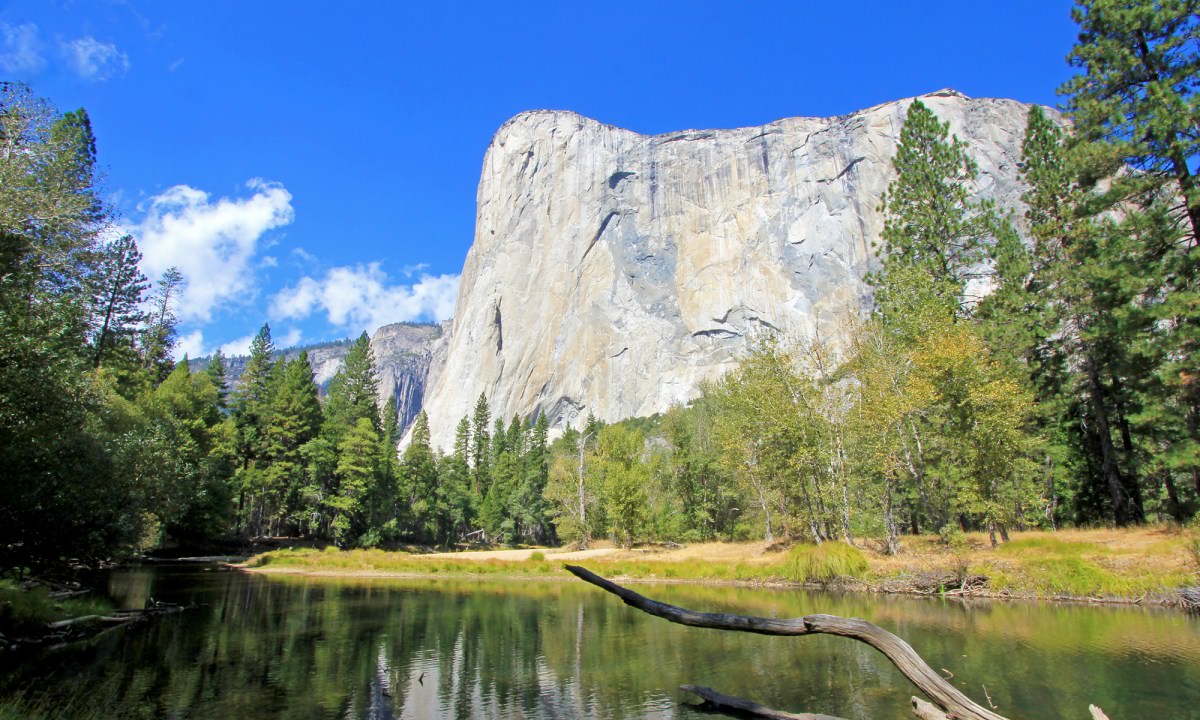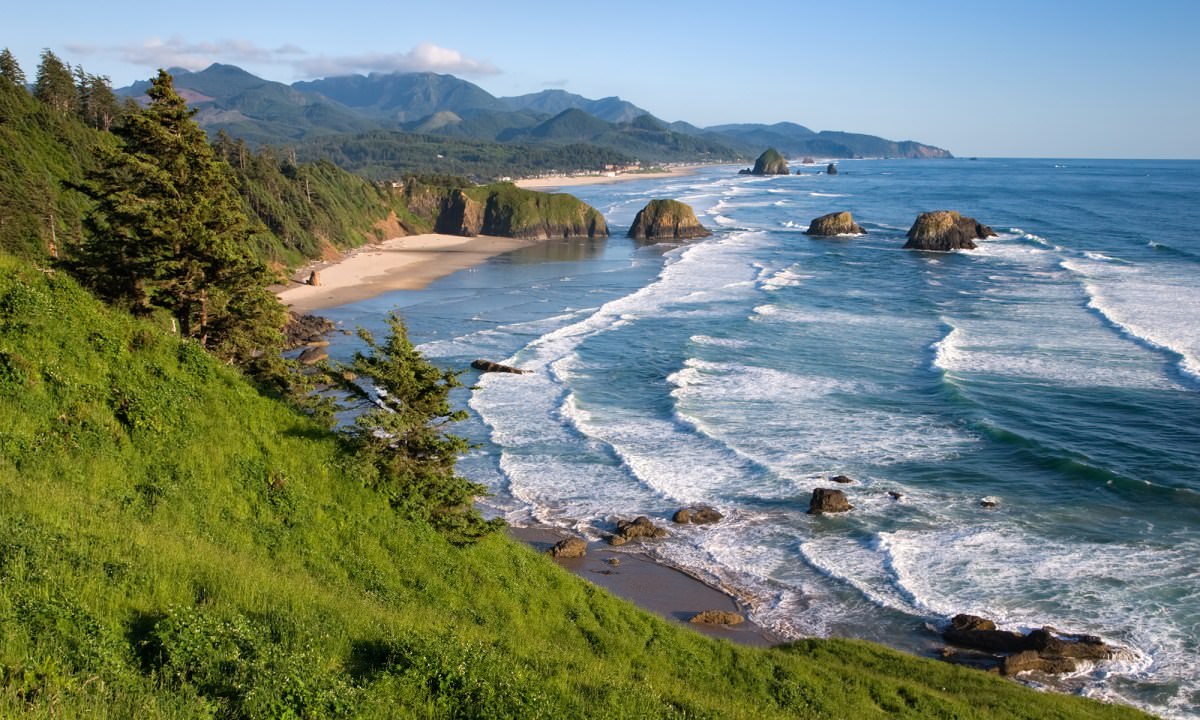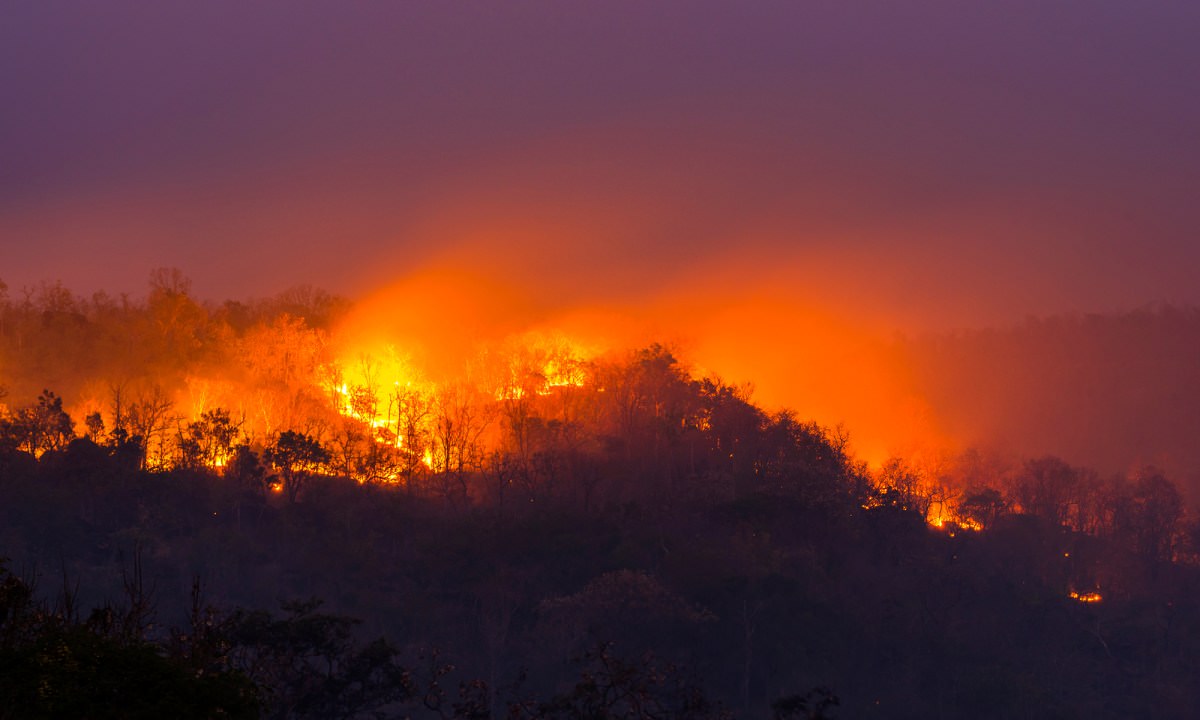2017 is headed into the history books. For the outdoors, the year’s been a mountain range: huge peaks and deep incised valleys.
It’s been a year of major threats, sizable victories, big thrills and the loss of icons that remind us why we love the outdoors so much to begin with.
Here’s a look at one of the more tumultuous years in outdoor history.
January: Skiing Comes to Portland
In Portland, more than an inch of snow shut down the city. January welcomed in 2017 with not one but six inches, and it stuck around for eight days or so. Once everyone made it home the first day, extended school and office closures brought Portlanders out to cross-country ski around neighborhoods. Streets were flagged off and converted to sledding hills. When the snow stuck around under brilliant blue sky, restaurants put ski racks on the sidewalks to accommodate ski-loving patrons. Eventually we went back to work. But not until we’d gotten some good use out of our street skis.
February: OR Leaves SLC
For as long as anyone can remember, the twice-annual Outdoor Retailer Marketplace—known simply as “OR"–has been in Salt Lake City, where it’s brought $4.5 million a year into the Utah economy. When Gary Herbert, Utah’s Governor, lobbied against Bears Ears National Monument, the outdoor industry tried to talk him into a better stewardship position. When that failed, they let their wallets doing the talking, moving OR to Denver. It was the largest, but not the only instance, of the outdoor industry becoming an ever-stronger voice for conservation (see July and December).
March: Farewell, Royal
Royal Robbins, legend of Yosemite’s golden age of climbing, died on March 14 at age 82. In 1957 he was the first to scale Half Dome’s Northwest Face, the first Grade VI climb in America, with Mike Sherrik and Jerry Gallwas. Three years later Robbins, Tom Frost and Chuck Pratt topped out on El Capitan’s Salathe Wall, the hardest big wall Grade VI on the planet at the time. But it was a second ascent, not a first, that changed climbing forever. In 1971, he, along with Don Lauria, climbed El Cap’s Dawn Wall a year after Warren Harding and Dean Caldwell’s first ascent. It was the first big-wall “clean climb": they erased the route as they climbed it, and, chopped off some of the bolts left by Harding and Caldwell. No-impact climbing was born, with Robbins as its chief evangelist. When arthritis affected his climbing, he notched first kayak descents on the San Joaquin, Kern and Kings rivers, along with fellow climber/entrepreneurs Doug Tompkins, Yvon Chouinard and Reg Lake.

June: The Nose Goes Free-Solo
On the 7th of June, 32-year old Alex Honnold walked up to the base of El Capitan’s Freerider. Three hours and 56 minutes later, he stood atop the Nose, a route that took Warren Harding, Wayne Merry, and George Whitmore 11 days to climb back when Eisenhower was in the White House. But it wasn’t just Honnold’s speed. Free-soloing is equal parts commitment, risk, self-confidence and minimalist grace. Honnold has been free soloing around Yosemite Valley for years. But the Nose is iconic, and wasn’t free climbed until Lynn Hill’s ascent in 1993 Honnold’s ropeless ascent made news well beyond the climbing world and was even an off-topic feature in Britain’s Economist.
July: Oregonians Walk on the Beach
Oregonians flock to the beach every July 4th weekend, but 2017 was special: it was the 50th anniversary of the Oregon Beach Bill, signed into law by Tom McCall on July 6, 1967. It cemented that Oregon’s beaches belong to the people.

August 21: The Sun Goes Out and We Party
For about two minutes and ten seconds, things got really weird. Animals went quiet. The sky went dark, shadows rippled like a twilight zone episode, and as the light came back, it took on a weird magenta cast. Across Oregon, thousands if not millions of people looked up from campsites, lookouts, farms, front yards, and massive eclipse festivals. Oregonians enjoyed the total solar eclipse without any of the massive traffic snarls that had the National Guard at the ready. You won’t see a statewide party like this again for a long time.
September: The Gorge Burns
On September 2nd, a 15-year old threw a firecracker into Eagle Creek Canyon, igniting brush that spread into a Gorge-wide conflagration. The Eagle Creek Fire jumped the Columbia River, and turned one of the Northwest’s iconic landscapes into an inferno. Interstate 84 was closed for weeks, Cascade Locks was evacuated but spared, and the fire wasn’t contained until after Thanksgiving. Fires are natural, but not on this scale when fire suppression, carelessness, and climate change are combined. Northwesterners are still waiting for what our favorite mossy green waterfalls, canyons and ridgetop views will look like in this different world.

September: Big Sea Creatures
Big sea creatures made the news. Humpback whales came to the California coast in large numbers, and even made themselves at home in San Francisco Bay, leaping out of the water under the Golden Gate Bridge to feed on anchovy. Orcas frequented Monterey Bay. Gray Whale sightings off the Oregon Coast were up. And so were sighting of Salmon Sharks and Great Whites, which were spotted off Cape Kiwanda and Oceanside. Beachgoers were reminded that it’s normal: sharks follow their prey, and salmon were schooling close to shore.
October: Farewell, Fred
Royal Robbins wasn’t the only climbing legend we lost in 2017. Fred Beckey, who sustained the “climbing dirtbag" ethos his whole life, died comfortably in his home at the age of 94. He began putting up first ascents in the North Cascades before he was 17—and before Hitler invaded Austria. He put up countless alpine-style routes in the mountains of the Pacific Northwest, Alaska, and the Canadian Rockies. Beckey structured his life around climbing, never establishing a professional career or seeking financial security: his love was the mountains.
November: The Great Bear Dodges a Bullet
An oil barge broke loose in British Columbia’s remote Great Bear Rainforest on the 27th of November, and drifted toward the rocks. Working overnight and in 35-knot winds and big seas, rescuers managed to anchor the barge until a Coast Guard tug arrived to extract the stricken barge. It’s the second close call in a massive wilderness maze of islands full of incredibly rich marine life, native culture, and narrow winding channels. In 2016 the Jake Shearer hit a rock and sank while pushing an oil barge that was fortunately mostly empty. The near miss of another Exxon Valdez-like spill has heightened calls for increased marine safety and spill prevention.
December: Monument Shrinkage
On December 4th, Donald Trump announced his intent to shrink the size of two major Utah National Monuments: Escalante Grand Staircase and Bears Ears. Influenced by promises to bring back coal mining and heavy lobbying by uranium mining corporations eyeing deposits inside monument boundaries, the administration may attempt to shrink other monuments. Indian Tribes, conservation groups, and Patagonia sued immediately. The Antiquities Act gives the President authority to create national monuments, but not to remove them. Stand by for a legal battle in 2018.
That’s 2017 for you. We’ll see what 2018 has in store.